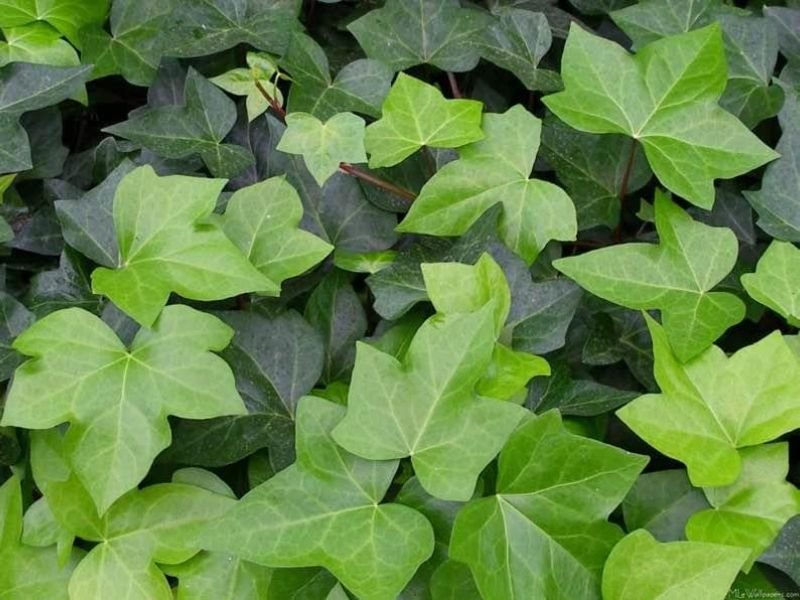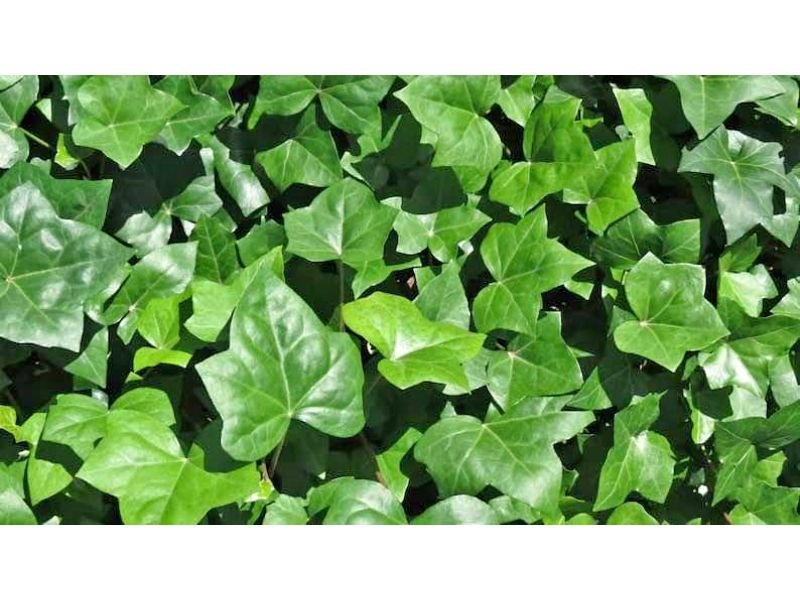Table of Contents
The Beauty of a Star-Shaped Leaf
Asterisk Ivy, also known as Hedera helix or Asterisk English Ivy, is a popular houseplant that features unique star-shaped leaves. These leaves not only provide an attractive appearance but also offer health benefits by purifying the air in your home. It’s no wonder why this plant has become a favorite among houseplant enthusiasts.

Why Asterisk Ivy is Popular
Apart from its striking appearance, asterisk ivy is easy to grow and care for, making it perfect for beginner gardeners or those who want to add some greenery to their homes without too much hassle. Additionally, this ivy plant adds elegance and aesthetic appeal to any room as its vines trail down from its pot.
Asterisk Ivy: A Versatile Plant
Asterisk ivy can be grown in various settings, including hanging baskets and terrariums. Its trailing vines can spill out of the basket or container and create a cascade of greenery that adds beauty to any living space. Depending on how you grow it, this plant can also be used as a natural room divider.
If you’re looking for an easy-to-care-for houseplant with unique characteristics that will add beauty and health benefits to your home, then consider adding asterisk ivy to your collection. In the following sections, we will cover everything you need to know about caring for this versatile plant so that it thrives in your home.
What is Asterisk Ivy?
Asterisk ivy, also known as Hedera helix ( Asterisk English Ivy ), is a member of the Araliaceae family and is native to Iran and the Caucasus. It is a popular houseplant that features unique star-shaped leaves that are typically larger than other types of ivy plants. The leaves of asterisk ivy can range in size from 4 to 10 inches and have a glossy texture with a waxy coating that helps prevent moisture loss.
Asterisk ivy’s trailing vines can grow up to 6 feet or more, making it an excellent choice for hanging baskets or for training up trellises or walls. It has small clusters of greenish-white flowers that bloom in late summer, followed by black berries that are enjoyed by birds.
Unlike other types of ivy plants, this ivy has leaves that are more heart-shaped at the base and gradually become pointed toward the tip. This gives them a very distinct look compared to the typical rounded leaf shape of most other ivies.
Overall, asterisk ivy is an excellent choice for anyone looking for an attractive and unique houseplant with long trailing vines and distinctive star-shaped leaves. With proper care, it can thrive indoors all year round.
The Benefits of Growing Asterisk Ivy

Air-Purifying Qualities of Asterisk Ivy
Asterisk ivy is not only a visually stunning plant, but it also has the added benefit of purifying the air. It filters airborne toxins, such as formaldehyde and benzene, from the surrounding environment which improves overall air quality. This makes it an excellent option for individuals with allergies or respiratory issues.
Aesthetic Appeal of Asterisk Ivy
Beyond its health benefits, asterisk ivy is a wonderful addition to any home decor style. Its unique star-shaped leaves and trailing vines add texture and depth to any space.
It looks great in hanging baskets, as a trellis plant, or even as a tabletop centerpiece. With proper care and maintenance, this plant can be grown into a lush, green accent piece that will turn heads.
Helps Reduce Stress & Increases Productivity
Research has shown that plants such as asterisk have psychological benefits that can help reduce stress levels and increase productivity levels in individuals who work or study for long periods indoors. The calming effect they provide helps create a relaxed environment that promotes creativity and focus.
Growing asterisk ivy can have numerous benefits for your physical and mental health while adding an aesthetic touch to your indoor space. Whether you’re looking to improve air quality or just want to add some greenery to your home decor scheme; asterisk ivy is an excellent option that is easy to care for with minimal effort!
How to Care for Asterisk Ivy

Light Requirements: Bright Indirect Light is the Best
Asterisk ivy loves bright, indirect light. It can tolerate some direct sunlight in the morning or evening, but too much direct sunlight can scorch its delicate leaves.
If you keep your plant indoors, the best place to put it is near a window that gets plenty of natural light but not direct sun. If you have to put it in a spot with less light, consider using a grow light.
Watering Needs: Moist But Not Wet Soil
Like most houseplants, asterisk ivy requires consistently moist soil. Overwatering can lead to root rot and other problems, so make sure the top inch or two of soil dries out slightly between waterings. The type of soil you use is also important.
Asterisk ivy prefers well-draining soil that allows water to flow through easily. Avoid using heavy soils like clay or potting soils with added moisture-retaining ingredients.
Temperature and Humidity Requirements: Warm and Humid Conditions are Ideal
Asterisk ivy thrives in warm and humid conditions similar to its native tropical habitat. Keep your plant in an environment with temperatures between 60-75°F (15-23°C) during the day and no lower than 50°F (10°C) at night.
Also, make sure to maintain proper humidity levels around 50-60%. You can achieve this by placing a tray of pebbles filled with water under the pot or by misting the leaves regularly.
Fertilization Tips: Feed Every Two Weeks During Growing Season
To keep your asterisk ivy healthy and growing strong, fertilize it every two weeks during its growing season (spring and summer). Use a balanced fertilizer mix that contains equal amounts of nitrogen, phosphorus, and potassium. Avoid fertilizing during the winter months when growth slows down.
Pruning Techniques: Regular Trimming is Key
Regular pruning helps to keep your asterisk ivy looking tidy and healthy. Prune back any yellow or damaged leaves as soon as you notice them. You can also trim back overgrown vines to control the size of your plant.
Use clean, sharp scissors or pruning shears to make clean cuts just above a node (the point where a leaf meets the stem). Regular pruning also encourages new growth and helps your plant stay bushy and full.
Common Problems with Asterisk Ivy
Pests
Asterisk ivy is generally a hardy plant, but like any other houseplant, it can be susceptible to pests. Some of the most common pests that you may encounter when growing asterisk ivy are spider mites, mealybugs, and scale insects.
These insects can cause extensive damage to your plant if left untreated. Spider mites can cause yellowing leaves and webbing on your plants, while mealybugs and scale insects can leave a sticky residue on your plant’s foliage.
Conclusion
Asterisk ivy is an attractive and unique houseplant that requires just a little TLC to thrive in your home. By following the care tips outlined in this article, you should be able to keep your asterisk ivy healthy and looking great for years to come.
Remember to pay attention to its light requirements, watering needs, temperature, and humidity preferences, fertilization schedule, and pruning techniques. By doing so, you will not only create an aesthetically pleasing indoor garden but also enjoy the benefits that come with growing plants indoors – cleaner air quality and reduced stress levels!

Gardening is my passion and growing plants indoors has always been a stress relief for me. Grow a banana tree in my apartment once (although failed to produce bananas).






